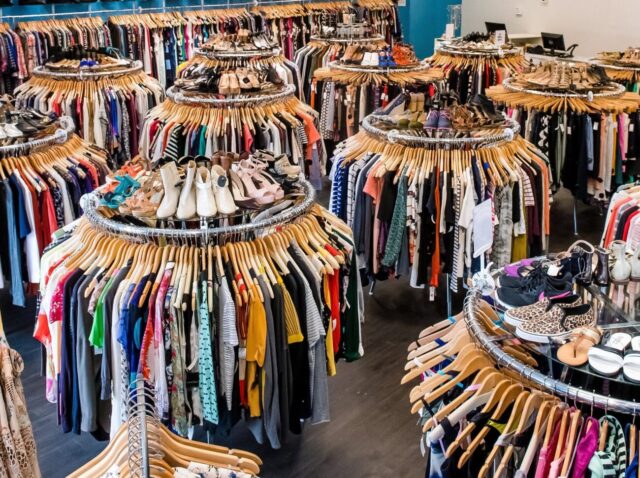
Ever wonder how thrift stores became the go-to spots for killer deals, one-of-a-kind finds, and a little bit of nostalgia? The journey from secondhand necessity to hip fashion hub didn’t happen overnight.
Thrift shops are more than just a trendy way to save a few bucks—they’re a reflection of our cultural shifts, economic changes, and desire to stand out without draining our wallets.
Let’s take a deep dive into how thrift stores evolved into the ultimate shopping hack.
The Humble Beginnings ─ Charity and Necessity
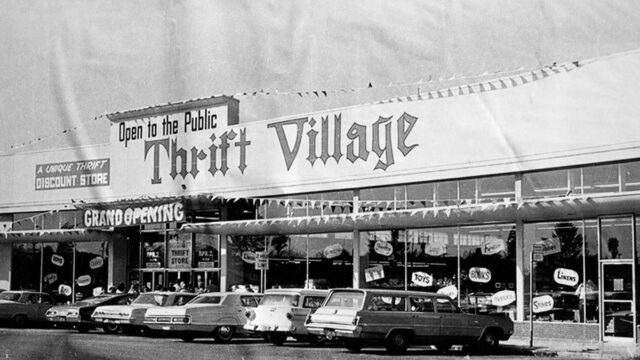
Before thrifting was cool, it was about survival. Thrift stores trace their roots back to the late 19th century when organizations like Goodwill and Salvation Army began collecting and reselling used clothing. These shops were born out of a need to provide affordable goods to the poor while also funding charitable activities. Back in the day, there wasn’t anything glamorous about buying used clothes; it was a necessity for those who couldn’t afford new items.
However, these early thrift stores weren’t just for clothes. You could find a wide range of household goods, tools, and even furniture. The focus was less on fashion and more on function. Yet, as cities grew and urbanization took off, these shops became more accessible, serving a broader population. People began to realize that buying secondhand wasn’t just for the less fortunate; it was a smart way to make your dollar go further. It wasn’t long before thrift stores started attracting a mix of bargain hunters and eco-conscious buyers, setting the stage for the boom that was about to come.
The 1960s and 1970s ─ Thrift Meets Counterculture
Fast forward to the 1960s and 1970s, and thrift stores became symbols of counterculture movements. As the world embraced rebellion, young people rejected mass-produced goods in favor of something more unique and meaningful. Enter thrift stores. These shops were gold mines for those wanting to express their individuality without buying into the mainstream.
During this era, thrifting took on a new identity. It was no longer just about finding cheap clothing; it was about making a statement. With the rise of bohemian fashion, hippies, and artists flocked to secondhand stores to create their signature looks. Vintage clothes, once seen as outdated or shabby, suddenly became the go-to for anyone who wanted to stand out. Thrift stores were now synonymous with freedom, self-expression, and anti-consumerism. It was the perfect place to piece together a wardrobe that screamed, “I’m not like the others.”
Thrift Stores in the 1980s and 1990s ─ Mainstream Popularity and Vintage Vibes
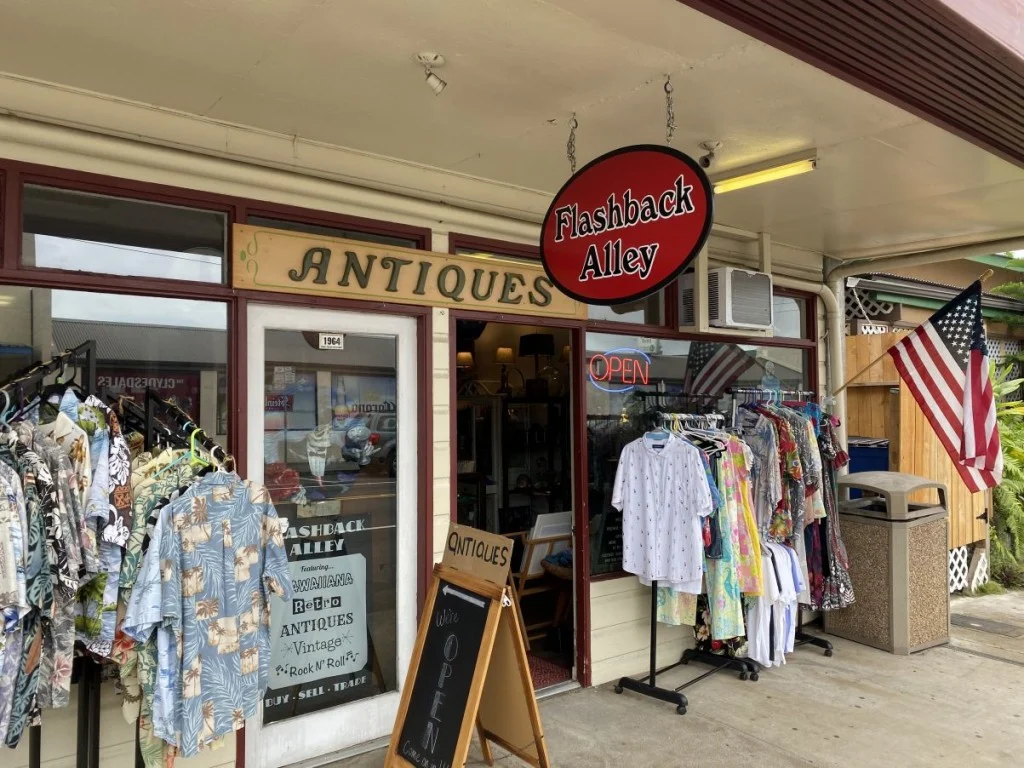
By the 1980s, thrift stores were no longer a secret. As consumerism grew, so did the desire for individuality, and thrift stores delivered. Mainstream fashion started borrowing from vintage styles, turning what was once “old” into “retro.” Celebrities and fashion icons embraced vintage clothing, which gave thrift shopping an undeniable cool factor.
During this time, one of the most notable changes in thrift shopping was the rise in vintage home goods. People weren’t just hunting for clothes anymore; they were after items that added a bit of personality to their homes. Mid-century furniture, old records, and even bone china sets became sought-after items for those looking to blend the past with the present. The cool, eclectic vibe of thrift stores attracted not just bargain hunters but trendsetters who loved the idea of finding something no one else had.
The Early 2000s ─ Thrift Goes Eco-Friendly
The early 2000s marked another turning point in the thrift store narrative. This time, it wasn’t just about standing out or saving money—it was about saving the planet. As awareness about climate change and environmental sustainability grew, so did the demand for more eco-friendly shopping practices. Enter the modern thrift store, now rebranded as a champion of sustainable fashion.
Shoppers began to realize that buying secondhand wasn’t just a way to avoid fast fashion trends; it was a way to fight against the waste and exploitation often associated with the clothing industry. Thrift stores became the embodiment of conscious consumerism. Suddenly, wearing pre-loved items wasn’t just a trend—it was a badge of honor for those looking to lower their environmental impact.
Thrift shopping turned into a way to embrace sustainable living without sacrificing style. Vintage denim, retro band tees, and upcycled materials started showing up on fashion runways. Thrift stores were now front and center in the fight for ethical fashion, and the appeal of finding that perfect item while helping the planet made secondhand shopping irresistible.
The Digital Age ─ Thrift Shopping Goes Online
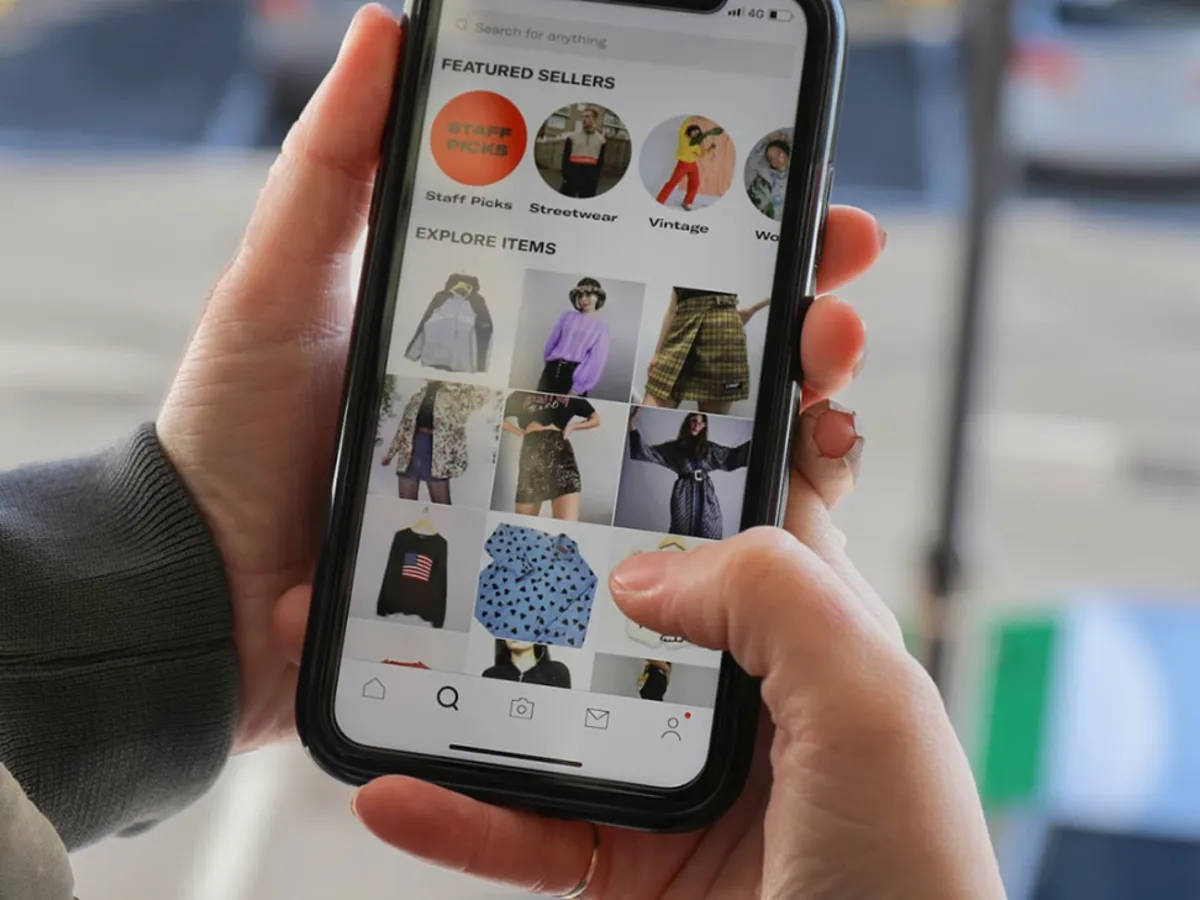
Remember when thrifting meant physically digging through racks of clothes, hoping to stumble across that one treasure? Those days aren’t gone, but now, thrifting has moved into the digital age. Today, finding a thrift shop online is easy, and that’s completely changed the game. With the click of a button, you can browse through thousands of items, filtering by size, style, and even brand. Thrift apps and websites make it possible to shop secondhand from anywhere, and it’s never been easier to snag a unique piece without leaving your couch.
This online thrift boom has also created a more competitive market. Gone are the days when thrift shopping was solely for bargain hunters. Now, rare vintage items can command higher prices as sellers curate specific collections that appeal to niche markets.
The accessibility and convenience of online thrift shopping have made it more mainstream than ever, but with that comes the opportunity for everyone to find their style. No longer limited by geography or store hours, thrifting has become a global phenomenon. Whether you’re searching for a designer jacket or a funky 80s sweater, chances are you’ll find it online.
The Social Media Boost ─ From Thrift Hauls to Influencers
If you thought online thrift shopping was a game-changer, just wait—social media took it to a whole new level. Thrift hauls, where people share their secondhand finds online, have become a social media staple. Platforms like Instagram, TikTok, and YouTube are packed with influencers showing off their unique thrifted outfits, giving followers styling tips, and challenging them to shop sustainably.
The rise of “thrift flips“—where people buy secondhand items and transform them into something new—has added an extra layer of creativity to the mix. DIY fashionistas are now transforming old blazers into trendy cropped jackets or turning oversized dresses into fitted masterpieces. Thrift stores have evolved from a hidden treasure trove to a legitimate source of inspiration for fashion-forward people looking to show off their creativity.
What’s more, influencers and celebrities are shining a spotlight on secondhand fashion. This isn’t just a trend; it’s a movement. By embracing and promoting thrifted fashion, influencers are helping shift public perception. It’s no longer about being frugal—thrifting is about being stylish, original, and sustainable.
Why Thrift Stores Are Still the Best Way to Shop Today
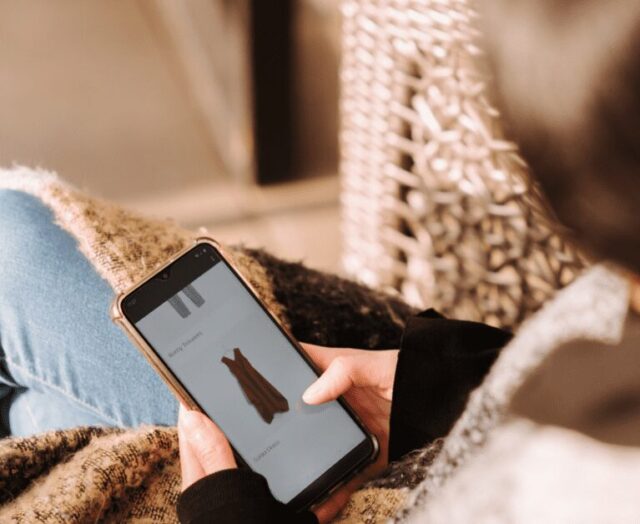
Thrift stores have evolved into so much more than just places to snag a cheap outfit. They represent history, sustainability, creativity, and individuality. They offer a connection to the past while allowing us to define our present. And with more people leaning into eco-friendly practices and rejecting fast fashion, it’s clear that thrift stores will continue to thrive.
Whether you’re walking into a local shop or browsing for vintage items online, thrift stores give you the chance to own something that’s truly unique. You’re not just buying clothes—you’re buying stories. That denim jacket you just scored? It might’ve been someone’s favorite concert piece. The vintage lamp you found? Maybe it lit up someone’s living room in the ’70s. Thrifting allows you to give new life to old items while saving money, looking good, and reducing your environmental footprint.
The Future of Thrifting
Thrift stores have come a long way from their humble beginnings. What started as a charitable effort to provide affordable goods to the poor has now become a cultural movement that blends style, sustainability, and individuality. As the world shifts toward more eco-conscious consumer habits, thrift shopping continues to stand out as one of the best ways to shop—offering everything from vintage vibes to modern sustainability.
The beauty of thrifting is that it’s constantly evolving. Whether you’re hitting up your local shop or browsing through an online marketplace, one thing’s for sure: thrift stores aren’t going anywhe







